
Commercial Water Softener
How Does a Commercial Water Softener Work
Aqua pro water softener removes minerals that exist naturally in water sources through ion exchange. Water is filtered through plastic resin beads coated in sodium molecules, which interact with magnesium, calcium, and other metallic minerals. Since calcium and magnesium ions carry a positive charge, they interact with the negatively charged resin beads. When the beads interact with the hard minerals, they capture their positive molecules and release sodium into the water. Sodium molecules replace the calcium and magnesium, thereby reducing the mineral content of the water and preventing buildup and interference with cleaning chemicals.
Description
How a commercial water softener system works
Aqua Pro Commercial water softener systems work by utilizing the concept of ion exchange, which is seen through the pouring of hard water into a treatment tank. The water softener tank contains ion exchange resin beads that are covered with sodium ions. The sodium ions are exchanged with the calcium and magnesium ions (which produce water hardness) during the process, and results in softened water. In order to ensure continued effectiveness of the water softener system, there needs to be an incorporation of a brine tank. A brine tank works by utilizing a brine solution (salt must be added to brine tank manually) to recharge the resin within the water softener tank with sodium ions, once they have been fully replaced with calcium and magnesium ions. This process will allow for consistent hard water reduction through the regeneration of the ion exchange resin beads with sodium ions, and replacement of the calcium and magnesium ions.
APPLICATIONS
Cooling towers and Steam generators
Dishwashers and Washing machines
Heat exchangers
Central heating systems
Steam boilers
Hot water heaters
Steam ovens
RO pre-treatment and Process water


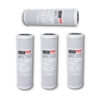
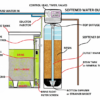
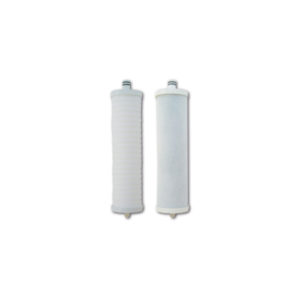
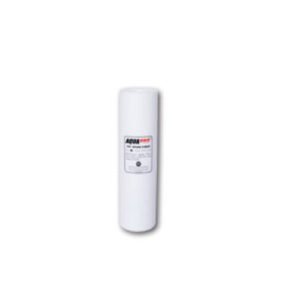
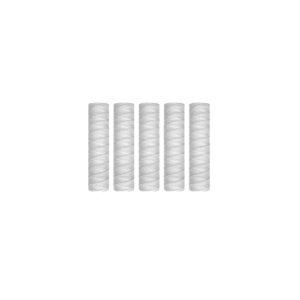
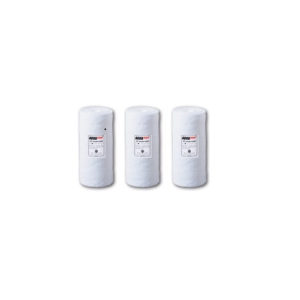

Reviews
There are no reviews yet.